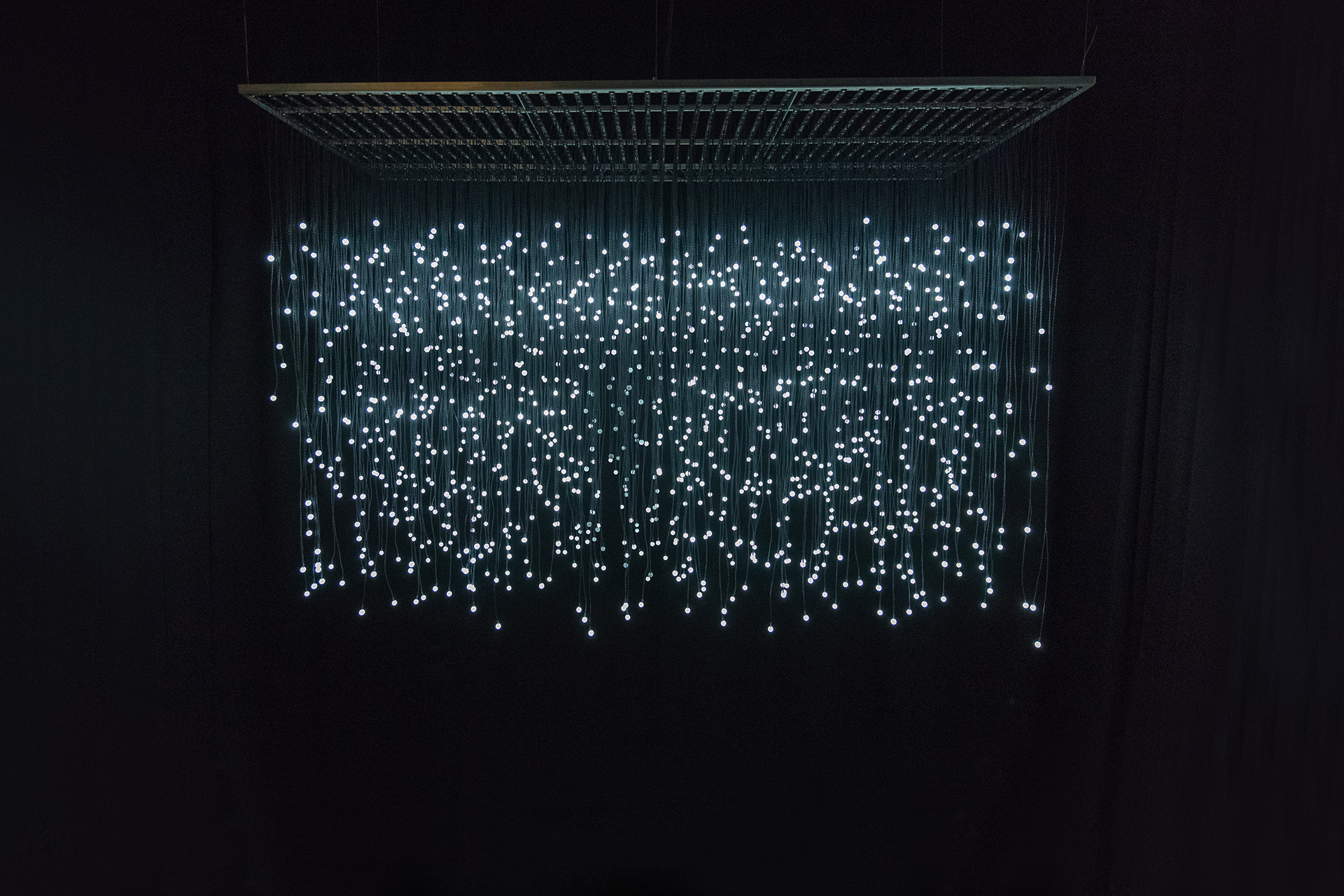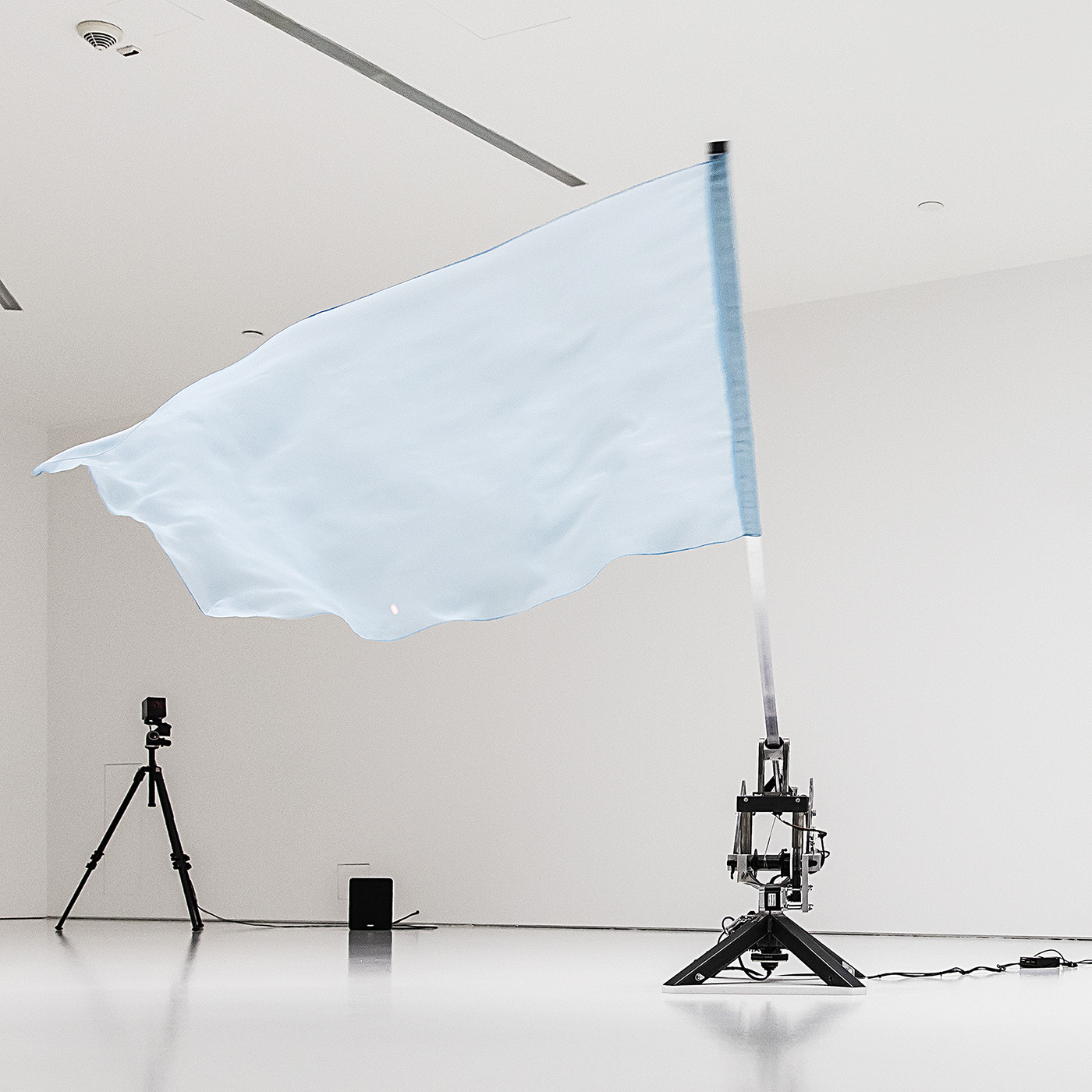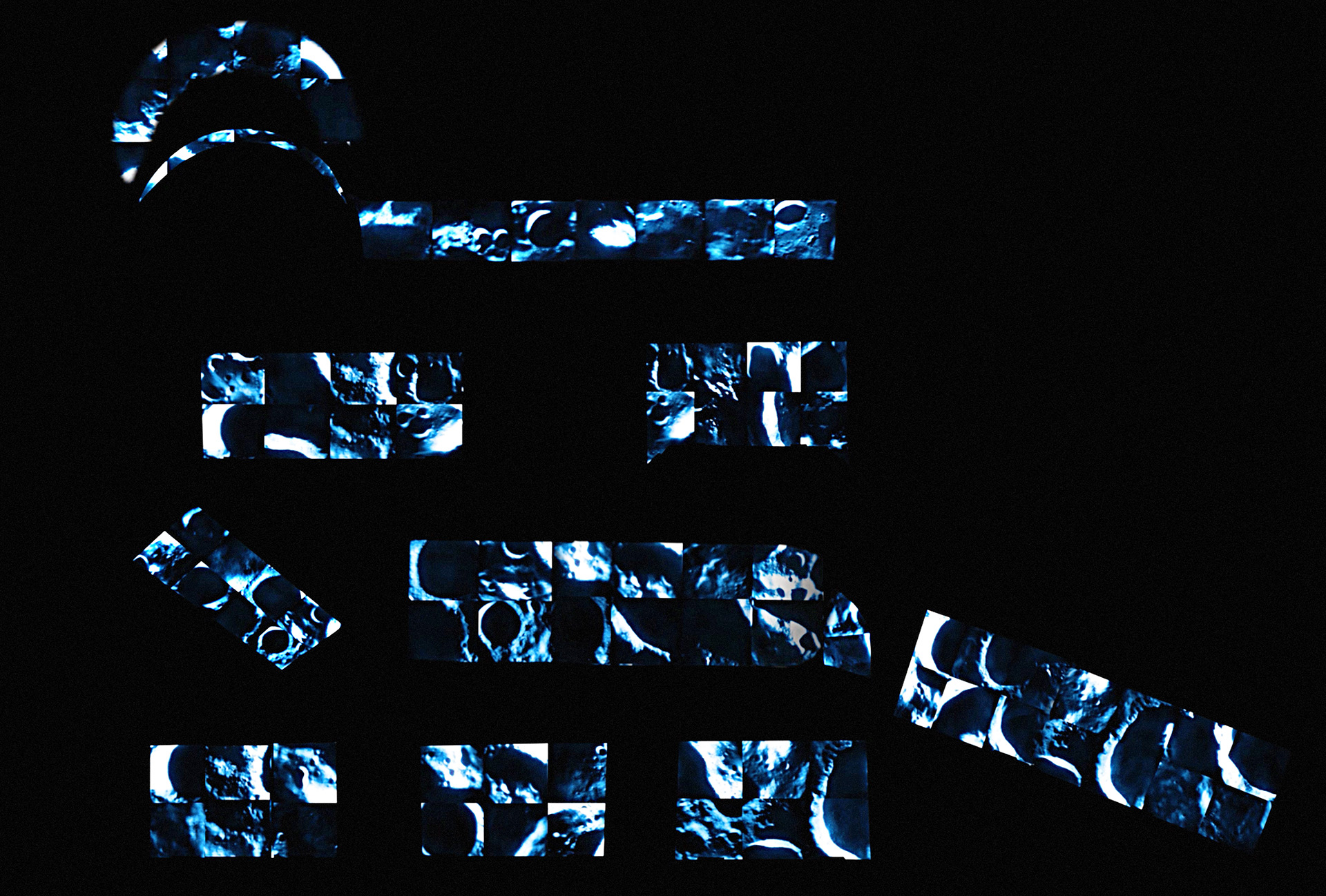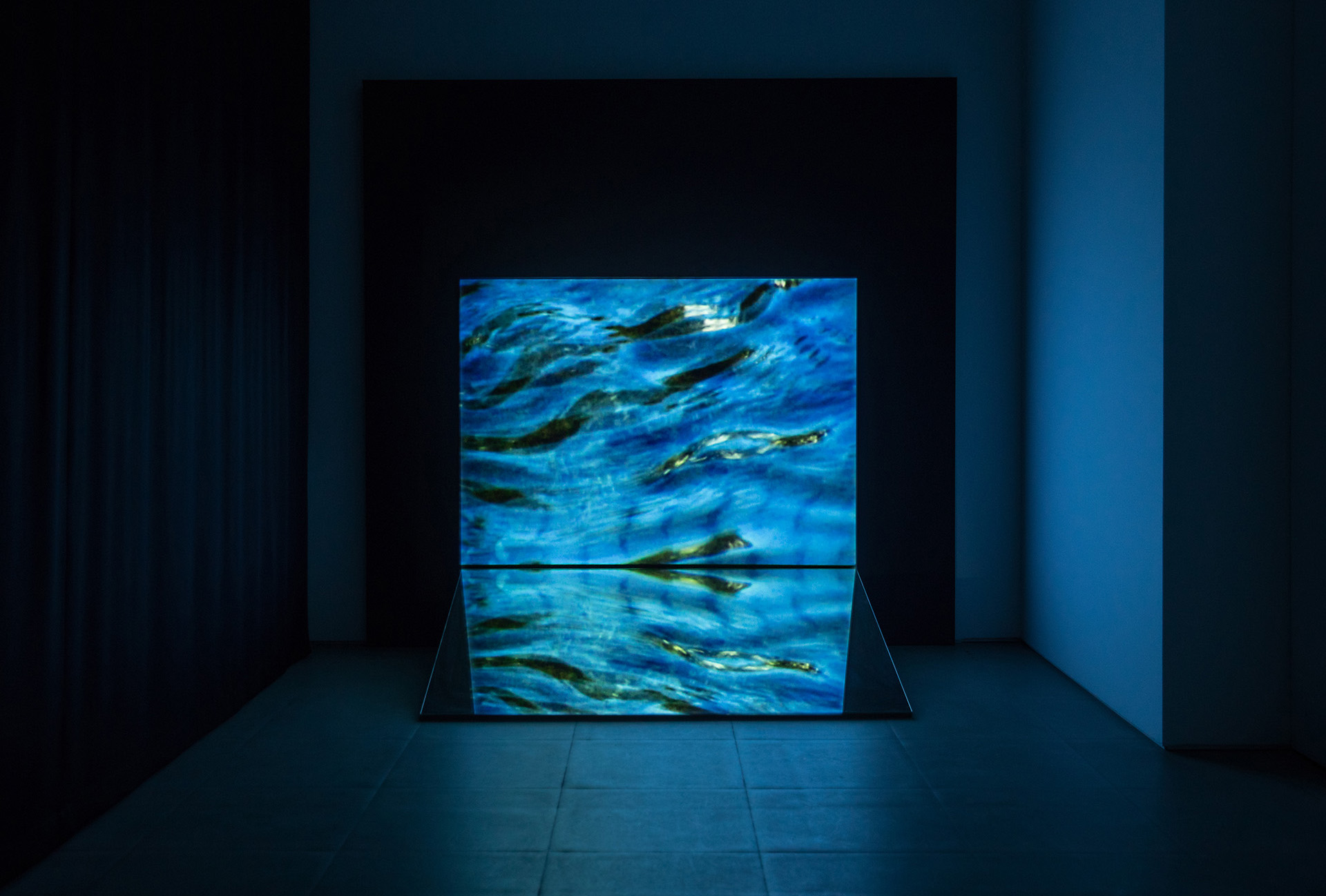Blog
Companion of The Time: Contemporary
10 September 2020 Thu
Time for individuals is lighter and more volatile than for institutions. I spent the past six months trying to remotely get to know Borusan, to which I had become a member just before the pandemic. Although the intervening physical distance seemed like a problem with working from home, it was also an opportunity for seeing the picture crystal clear just as any frame that becomes definite with distance.

DR. KUMRU EREN
Manager of Borusan Contemporary
I participated in one of the working groups during this process, in which the brand communication strategy was being studied, and the research outcome that would constitute the basis for building up this strategy was shared with the working group. The research group from different demographies of about two thousand people agreed upon “contemporaneity” to associate Borusan with, and it was the most striking of these outcomes of the research. It feels like the reminiscence of the concept was perhaps the viewfinder setting needed to remove the distant view’s ambiguity.
So, what is contemporary? Was it just a coincidence that we met within the realm of the contemporary?
Contemporary, on my side, is the surname of the art institution that I work at; description of the discipline I studied; which is also the inevitable and the necessary… Contemporary was the context, in which I had to agree on with graduate students from different theoretical approaches on the first day when I had lectured at the university. Once again, it is on my table today, with me. So, why is it that much important and inevitable to be a companion of the times?

Jim Campbell, Exploded View, 2010.
Photograph: Özge Balkan.
When one begins to consider the concept of contemporaneity, the first stop is Ancient Greece. Two different gods of time were mentioned in ancient Greece: Kairos and Khronos. Khronos, the father of Zeus, was the god of history. The concept of 'chronology' arose from it; therefore, he was the god of events in history. And as a result, Zeus was inevitably historical. The family's rebellious child was Kairos. Although he also rules the time, it does not enter history like Khronos; it was taking an ahistorical position. Kairos was talking about a time we call "moment"; which is a point, but the past, the future, the present were hidden within it, for example, archaic was the time of Kairos.
Friedrich Nietzsche treated the idea of “attualita" [relevance] with respect to the present, “in a disconnection and out-of-jointness” in his essays titled ‘“Untimely Meditations” in which he described his reckoning with his own time. And this notion influenced many thinkers including Foucault, Agemben, and Deleuze. According to Nietzsche, "what was really productive was against time.” Describing "those who try to grasp everything historically" as enemies of culture, Nietzsche would see looking to the past as synonymous with looking into the future; He would propose “to find a way to relate to life” in order to understand the present and “learn to desire the future more strongly.”
In Giorgio Agamben's wonderful interpretation, the contemporary ones were neither perfectly matched with it nor with what it brought. “Those who have tried to think about contemporariness have been able to do so only by splitting it up into several times, by introducing into time an essential dishomogeneity.” Through this disconnection and anachronism, those who are contemporary are better at perceiving and comprehending their own times than others. Agamben defines the contemporary person as the person who breaks the “backbone of the times”; this “our time in the form of a ‘too soon’ that is also a ‘too late’; of an ‘already’ that is also a ‘not yet.’” he said.

Kathrin Stumreich, Sovereignty, 2017. Photograph: Özge Balkan.

Kathrin Stumreich, Sovereignty, 2017. Photograph: Özge Balkan.
Gilles Deleuze and Félix Guattari, who interpreted modernity through “resistance to the present”, pointed out that a certain cultural geography creates the perception of time and space, as well as making it possible for a particular political thought to be settled, organized, and brought together, showing that the critical approach gains functionality. He declared modernity, which Nietzsche defined as "against time", as "resistance to now”. At this point, they combined art and philosophy as the link of creativity and production. Most importantly, the contemporary did not belong to a historical period, geography, or ideology.
THEN WHAT IS A WORK OF CONTEMPORARY ART?
The relationship with life, which we dealt with based on Nietzsche, was inevitably leading us to production and art. The work of art was a form, that is, an incomplete movement. In other words, it was “infinity within the finite”; its integrity arises from an end, so it demanded to be seen not as the closure of a static and immobile reality, but as the opening of the infinite that has taken form. It was a state of “aesthetic transcendence.” This approach is reminiscent of Heiddeger’s “the world opening up” or "opening the world” concepts: The person who opened the world (by making art) through language (logos) was also returning their "being the world" to the world. Thus, the work of art was capable of changing the world and of resistance. The work of art resisted the now. *
So, how can the texts containing these quotations, which are from centuries ago, address our age? Pericles' Athens or Baudelaire's Paris is appear to be only a stop away.
Contemporary is that which is successful in comprehending its own times and developing critique. The contemporary is that which is a companion to the times, confronting its own temporality. Contemporary finds the method of comprehending the current time and violently wanting the future through production. Contemporary manages to reinforce its relationship with life through art.
WHAT ABOUT THE STARS
Between my cluttered and crowded quote drawers, I keep a passage that winking like a piece of chocolate in its glittery packaging, stimulating the senses of the weary listener with an irresistible taste. When the subject is contemporary, the passage is again from Agamben:
“In the expanding Universe, the space that separates us from the furthest galaxies is growing at such speed that the light of their stars could never reach us. To perceive, amidst the darkness, this light that tries to reach us but cannot – that is what it is to be contemporary. According to this, to be contemporary is an act of courage before all else. In other words, it is to arrive on time for an appointment they would inevitable miss.”
Whenever I read this passage, I imagine the eyes of the Italian thinker shining like those stars as the Italian thinker gave this speech at the Tolentini Building (IUAV, Venice Art and Design Faculty) in Piazzale Roma, whose entrance was designed by contemporary architect Carlo Scarpa. *
An institution that was set out with the Republic, an institution that bases its values on production and human labor can be a companion of the times. By not being absorbed in the noise of the present, by producing, questioning itself and its time; First of all, with art, by making the world the home of humans …
Time is heavier and deeper for institutions than for individuals. Knowing that we are looking at the same stars to perceive the light that strives to reach us in the darkness of everyday life, that's the attraction that allows us to meet in the partnership of being contemporary, who knows, maybe this is the attraction.
1 Nietzsche, Friedrich. On the Uses and Disadvantages of History for Life in Untimely Meditations. Trans. R.J. Hollingdale. Cambridge University Press, New York: 2007. p. 54, 72, 82.
2 Nietzsche, Friedrich. David Straus, the confessor and the writer in Untimely Meditations. Trans. R.J. Hollingdale. Cambridge University Press, New York: 2007. p. 11.
3 ibid. 65.
4 Agamben, Giorgio. What is an Apparatus and Other Essays. Trans. David Kishik and Stefan Pedatella. Stanford University Press, Stanford: 2009. p. 41.
5 ibid. 47
6 Deleuze, Gilles & Guattari, Felix. What is Philosophy? Trans. Hugh Tomlinson and Graham Burchill. Verso Books, New York: 2009. p. 110.
7 Pareyson, Luigi. Truth and Interpretation. Trans. Robert T. Valgenti. SUNY Press, Albany: 2013. p. 69.
8 Heidegger, Martin. Being and Time. Trans. Joan Stambaugh. SUNY Press, Albany: 2010.
ABOUT THE WRITER
Kumru Eren, D.A., has provided consultancy for both national and international collections and institutions, with a particular focus on cultural heritage development, as well as collection and asset management. She received her Doctor of Arts degree with a dissertation on the phenomenon of “Globalization of Contemporary Art in Turkey,” framed through Jean-Luc Nancy’s theories. She has given lectures on critical art theories at Marmara University in İstanbul. Her articles, critiques, and reviews have appeared in exhibition catalogues, artist monographs and cultural publications including Istanbul Art News, Artam, Varlık, Hürriyet Kitap Sanat, and Hürriyet Seyahat. She currently serves as the Artistic and Executive Director of Borusan Contemporary and is a member of AICA Türkiye (International Association of Art Critics – Türkiye), Friends of Ulay Foundation, IACCCA (International Association of Corporate Collections of Contemporary Art), the Baksı Culture and Arts Foundation, the Baksı Platform, and the TOBB Creative Industries Council.





